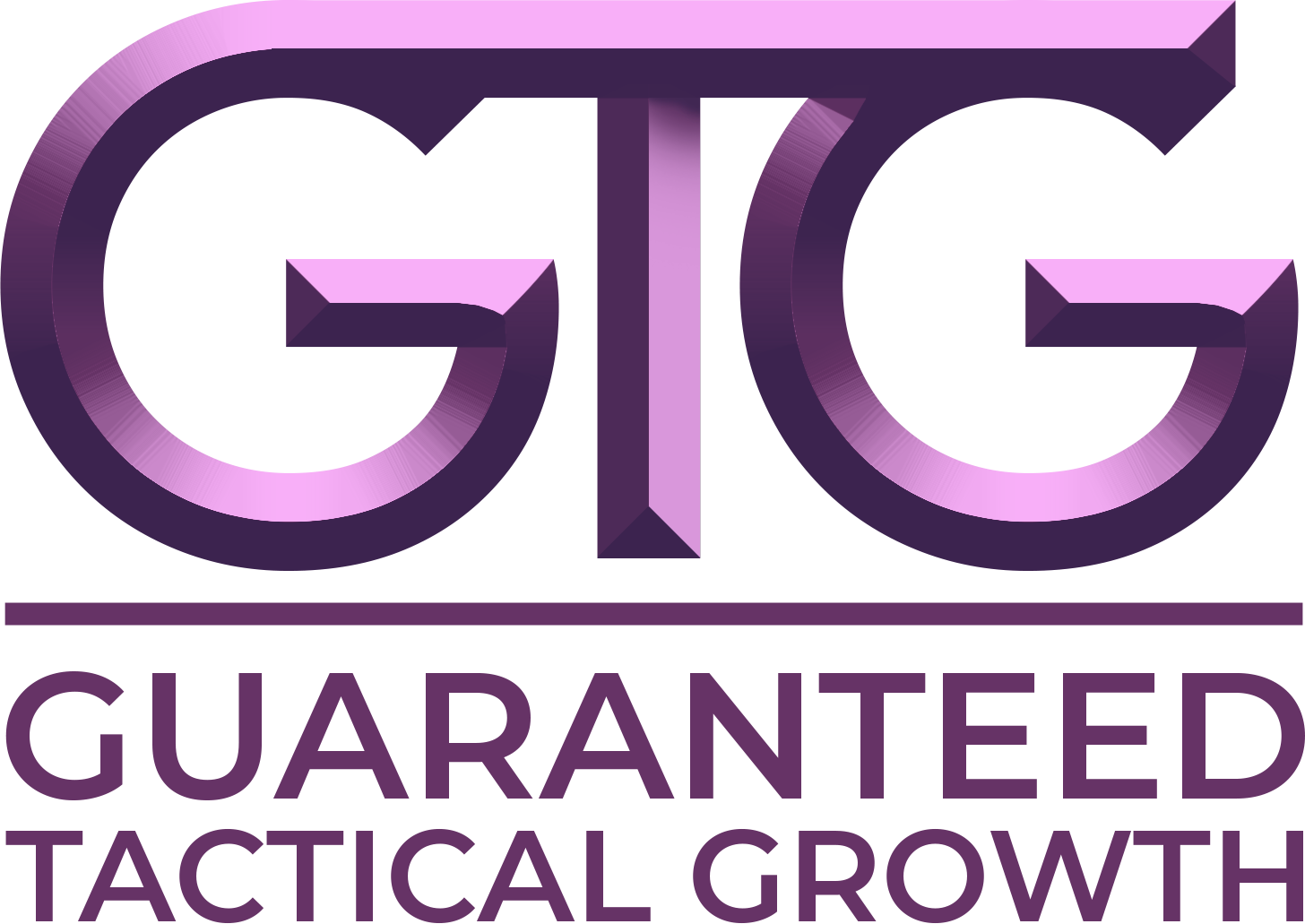The MENA (Middle East and North Africa) region is a dynamic and diverse market, full of opportunities for businesses. However, the marketing strategies that work in the West or other regions may not always translate well in MENA. This is due to significant cultural, economic, and technological differences. Understanding how to navigate this region’s complexities is key to achieving success.
Marketing strategies in MENA need to be customized to local preferences, social norms, and buying behaviors. From language nuances to economic trends, every factor needs to be taken into account. In this blog, we’ll take a closer look at why MENA marketing is different, the factors you need to consider, and how you can ensure your strategy hits the mark.
“Marketing is no longer about the stuff you make but the stories you tell.” – Seth Godin
Why MENA is Different: Key Regional Characteristics
- Cultural Diversity
The MENA region is made up of a wide variety of countries, each with its unique culture, religion, and traditions. For example, the UAE is known for its luxury and modernity, while countries like Egypt and Saudi Arabia are more traditional. It’s essential to understand these cultural nuances to avoid missteps in your marketing campaigns.
Actionable Point: When running campaigns during religious holidays like Ramadan, ensure your messaging aligns with the values of the season—family, charity, and togetherness. - Economic Landscape
Economically, the MENA region is diverse. Some countries, such as the UAE and Qatar, have high disposable incomes, while others may have emerging economies with different spending behaviors. This means your strategy should align with the region’s economic conditions.
Insight: Research each country’s economic situation to tailor your pricing strategies, especially when working across different MENA markets. - Youthful Demographics
The MENA region has a very young population, with many under the age of 30. These individuals are digitally connected and tech-savvy, making them a prime audience for digital marketing campaigns.
Actionable Point: Use platforms like Instagram, Snapchat, and TikTok to reach younger audiences. Create content that resonates with their interests, including music, fashion, and trends. - Language and Communication
While Arabic is the dominant language, English is widely spoken in business settings, especially in the UAE, Saudi Arabia, and other Gulf countries. The challenge here lies in the region’s many dialects and local expressions.
Actionable Point: Translate and localize your content for the region. Be mindful of language preferences and the local dialects to ensure your content feels native.
“If you’re not adapting to the times, you’re going to be left behind.” – Elon Musk
Key Factors to Consider When Developing a Marketing Strategy in MENA
- Digital Transformation and Mobile Penetration
The MENA region has seen massive growth in mobile usage. Over 70% of people in the region own smartphones, making mobile marketing a must. Social media platforms are an essential part of consumer’s daily lives, offering a unique opportunity to engage with your audience.
Actionable Point: Optimize your campaigns for mobile devices, ensuring a seamless experience across websites, apps, and social media platforms. - Influencer Marketing
Influencers in MENA wield significant power. They not only endorse products but also act as trusted figures in the eyes of consumers. Collaborating with local influencers who have a strong following can lead to greater trust and visibility.
Actionable Point: Identify influencers who align with your brand’s values and target audience. Consider micro-influencers as well, as they often have higher engagement rates. - Cultural Sensitivity
One of the most important aspects of marketing in MENA is respecting cultural and religious values. In some countries, any advertisement that goes against local customs or religious norms can damage a brand’s reputation.
Actionable Point: Avoid controversial content that could be seen as offensive. It’s important to be respectful of the region’s values and to be aware of sensitive issues such as gender roles, religion, and politics. - E-commerce Growth
E-commerce is growing rapidly across the MENA region, especially with the rise of online shopping during the pandemic. Consumers are becoming more comfortable purchasing products online, making it a booming industry in countries like the UAE, Saudi Arabia, and Egypt.
Actionable Point: Optimize your e-commerce platform for a smooth and fast checkout experience. Ensure you offer convenient payment methods like cash on delivery, which is still popular in certain MENA markets.
“The best marketing doesn’t feel like marketing.” – Tom Fishburne
Case Study: Coca-Cola’s Success in the MENA Region
A great example of a successful MENA marketing strategy is Coca-Cola’s Ramadan campaign. This campaign centered on themes of sharing, generosity, and togetherness—values deeply rooted in MENA’s culture. Coca-Cola used TV ads, outdoor billboards, and digital content to amplify their message during the holy month of Ramadan.
Campaign Highlights:
Coca-Cola ran a series of ads featuring people sharing Cokes with family, friends, and neighbors, which resonated well with the region’s values of togetherness and hospitality. The campaign was also supported by local influencers who shared their own moments of kindness during Ramadan.
Outcome:
The campaign achieved remarkable success, with Coca-Cola seeing a 15% increase in sales in the region during Ramadan. The brand not only increased sales but also strengthened its connection with consumers by aligning itself with the cultural and religious significance of Ramadan.
Statistical Insight:
The campaign demonstrated the importance of culturally relevant marketing. It showed that when a brand understands the cultural context of its target audience, it can create authentic, meaningful engagement that leads to success.
How to Succeed in MENA Marketing: Best Practices
- Understand the Local Culture
Understanding MENA’s unique cultural landscape is crucial to success. Conduct market research to comprehend local consumer behavior, preferences, and cultural values. This will ensure that your campaigns resonate and avoid missteps. - Embrace Local Partnerships
Collaborating with local agencies or influencers who understand the market is essential. These local experts will help navigate the nuances of MENA’s diverse cultures and guide your strategy for better results. - Leverage Social Media and Digital Marketing
With the rapid growth of mobile internet usage, social media is a powerful marketing tool. Make sure your digital campaigns are optimized for these platforms to maximize reach and engagement. - Offer Payment Flexibility
Payment preferences in MENA vary by country. For example, cash on delivery is still a popular option in many parts of the region, while others prefer credit cards or digital wallets. Be sure your payment options cater to these local preferences.
“People don’t buy what you do; they buy why you do it.” – Simon Sinek
Conclusion
Marketing in the MENA region requires a nuanced, culturally-aware approach. By understanding the region’s unique characteristics—such as its youthful demographics, cultural values, and rapid digital transformation—you can craft a marketing strategy that resonates with local audiences.
Whether you’re launching a new product or refining an existing campaign, success in MENA hinges on cultural sensitivity, digital innovation, and a commitment to delivering relevant, engaging content. By adapting your approach to the region’s unique needs, you can create meaningful connections and drive significant business growth.
















